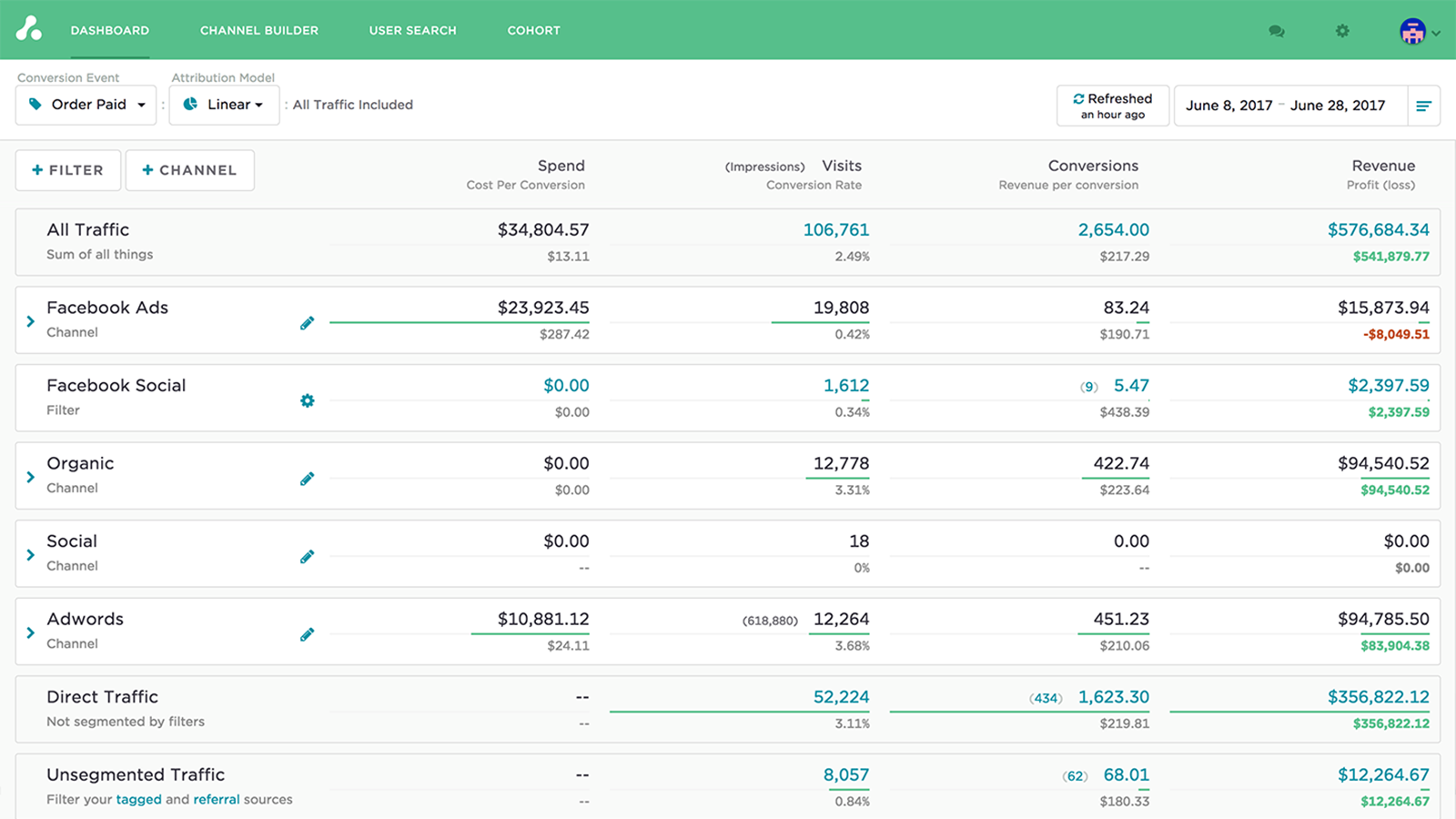
HubSpot Attribution: Complete Buyer's Guide
Integrated marketing attribution within the HubSpot ecosystem
HubSpot Attribution delivers integrated marketing attribution within the comprehensive HubSpot ecosystem, positioning itself as the unified solution for organizations seeking seamless data flow between marketing, sales, and service functions. Best for mid-sized to large B2B enterprises already invested in HubSpot infrastructure who prioritize integration convenience over advanced attribution sophistication.
Market Position & Maturity
Market Standing
HubSpot Attribution occupies a middle market position between simple last-click models and advanced AI-powered attribution solutions. The vendor leverages HubSpot's established market presence in CRM and marketing automation to position attribution as an integrated platform benefit rather than a standalone competitive advantage.
Company Maturity
Company maturity indicators reflect HubSpot's broader enterprise stability, with the attribution solution benefiting from established infrastructure and support resources.
Industry Recognition
Industry recognition remains limited to HubSpot's broader platform achievements rather than specific attribution innovation or market leadership.
Strategic Partnerships
Strategic partnerships within the HubSpot ecosystem provide operational advantages for existing customers but create potential vendor lock-in risks.
Proof of Capabilities
Customer Evidence
Customer evidence for HubSpot Attribution remains primarily vendor-provided without independent verification.
Market Validation
Market validation appears limited compared to specialized alternatives.
Competitive Wins
Competitive positioning reality reveals significant capability gaps.
AI Technology
HubSpot Attribution's technical foundation centers on integration efficiency rather than advanced AI sophistication.
Architecture
Core technical architecture emphasizes seamless integration with existing HubSpot tools, enabling unified data flow between marketing, sales, and service functions.
Primary Competitors
Primary competitors include specialized attribution vendors like Rockerbox, Wicked Reports, and Salesforce Einstein Attribution.
Competitive Advantages
Competitive advantages center on integration convenience for organizations already using HubSpot's ecosystem.
Market Positioning
Market positioning as an all-in-one solution creates both advantages and constraints.
Win/Loss Scenarios
Win/loss scenarios favor HubSpot when integration convenience outweighs attribution sophistication needs.
Key Features

Pros & Cons
Use Cases
Featured In Articles
How We Researched This Guide
About This Guide: This comprehensive analysis is based on extensive competitive intelligence and real-world implementation data from leading AI vendors. StayModern updates this guide quarterly to reflect market developments and vendor performance changes.
37+ verified sources per analysis including official documentation, customer reviews, analyst reports, and industry publications.
- • Vendor documentation & whitepapers
- • Customer testimonials & case studies
- • Third-party analyst assessments
- • Industry benchmarking reports
Standardized assessment framework across 8 key dimensions for objective comparison.
- • Technology capabilities & architecture
- • Market position & customer evidence
- • Implementation experience & support
- • Pricing value & competitive position
Research is refreshed every 90 days to capture market changes and new vendor capabilities.
- • New product releases & features
- • Market positioning changes
- • Customer feedback integration
- • Competitive landscape shifts
Every claim is source-linked with direct citations to original materials for verification.
- • Clickable citation links
- • Original source attribution
- • Date stamps for currency
- • Quality score validation
Analysis follows systematic research protocols with consistent evaluation frameworks.
- • Standardized assessment criteria
- • Multi-source verification process
- • Consistent evaluation methodology
- • Quality assurance protocols
Buyer-focused analysis with transparent methodology and factual accuracy commitment.
- • Objective comparative analysis
- • Transparent research methodology
- • Factual accuracy commitment
- • Continuous quality improvement
Quality Commitment: If you find any inaccuracies in our analysis on this page, please contact us at research@staymodern.ai. We're committed to maintaining the highest standards of research integrity and will investigate and correct any issues promptly.